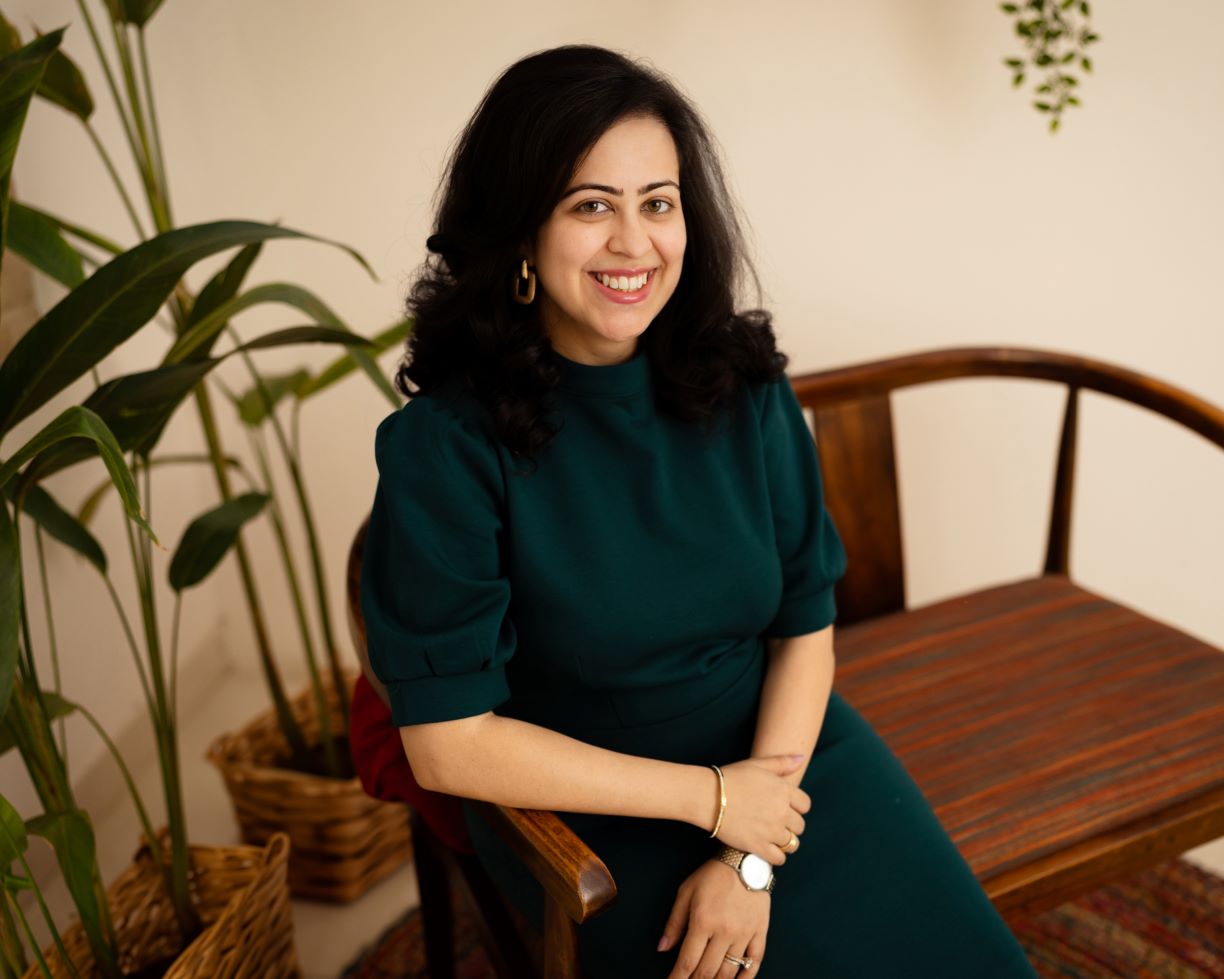
Building World-Class Product Experiences and Teams
Saloni Borar MSHFID ’15 is committed to people — more specifically, users of technology and the teams that design it. Building strong relationships across teams, she says, helps her “lay the groundwork for transformative, evidence-based experience design.”
Borar’s career — including her current role as Vice President of UX and Product Design for Commerce Global and India C360 Apps at Salesforce — is informed by a combination of evidence-based experience design principles and business skills. She is known for successfully facilitating consensus-building with teams across the organization to align user needs and strategic vision.
Borar stands out as a successful leader; she describes herself as “a design thinker and problem-solver driven by challenge and endless curiosity” — and is committed to being a mentor to others. She plays a pivotal role in shaping the user experience (UX) strategy, driving the design vision for Commerce Cloud at Salesforce and leading the C360 Apps India team to deliver high-quality products and services to its customers.
Here, she discusses her path to the field of UX — including the Bentley Master of Science in Human Factors in Information Design (MSHFID) program — and what keeps her passionate about UX and her career.
What initially drew you to the UX field and the Bentley MSHFID?
With a background in design, advertising and business, I initially ran my own design studio in India and later in the U.S. As my career progressed, I developed a deep fascination with the human behavior aspect of design—specifically, how design is perceived by people and their reactions to it. How are we identifying gaps and how can we fill those gaps? How can we create value for the end user? Considering human interaction helps add another layer to design and helps set a goal to design with a purpose.
This exploration naturally led me to the Bentley MSHFID program. I sought to transition into a space where design is not only creative but also informed by data and research on human behavior. This program provided the perfect platform to bridge my passion for design with a rigorous, evidence-based approach.
Q: Describe your role at Salesforce.
As a design leader at Salesforce, I lead design teams globally for Commerce and teams for UX C360 Apps for India. We are immersed in all aspects of end-to-end experience design for the Commerce Cloud and use Information Architecture, storyboards, user journey maps, wireframes and interactive prototypes to communicate design ideas and direction. Building trusted relationships and collaboration is key to my role. I work closely with cross-functional leaders — including product management, engineering, research, marketing and customer support, go-to-market analysts — to ensure a cohesive and integrated approach to product development and delivery throughout the entire customer experience.
A core passion of mine is nurturing the growth and development of my team members. I am dedicated to mentoring and coaching, creating opportunities for leadership and fostering an environment where each team member can thrive and advance in their careers.
Q: How do you approach building consensus around a product vision within a large and diverse organization like Salesforce?
A: The digital commerce space is continuously evolving and has increased massively, especially after the pandemic, and how we charter that growth doesn’t stop with the end-to-end customer experience. The Salesforce Commerce Cloud platform helps clients create seamless, personalized customer experiences everywhere, from shopping, to fulfillment, to customer service and beyond. There are multiple layers, including how an admin, developer or merchant works on a platform, different customer personas, various jobs to be done — and crafting all of them together to take the company to the next level.
My approach revolves around fostering alignment with our vision. We facilitate workshops alongside our business executives, product managers and engineering leaders, honing in on long-term planning objectives and UX strategies. These collaborative workshops have proven instrumental in driving Commerce toward a more impactful and transformative future.
Through extensive journey mapping and white board exercises, we gain clarity on our current position and outline the trajectory of our product growth vision. Our research team works hand-in-hand with the UX team, ensuring a seamless flow of customer feedback.
Q: How do you integrate evidence-based insights?
A: Evidence is at the core of my work. I prioritize data-driven insights, leveraging metrics and KPIs to guide decision-making. Our process involves conducting thorough audits, competitive analyses and designer-led research initiatives. Collaboration with our internal research team ensures access to vital data, which informs our design implementations. If design is not data-driven, we will likely have to return to the design board.

Q: How did the degree help your career develop?
The degree equipped me with foundational knowledge and practical skills in user experience design. The curriculum was regularly updated to reflect the latest trends and practices in UX design. This ensured that I was equipped with relevant knowledge and skills. Networking is ingrained within the MSHFID program at Bentley, offering abundant opportunities to connect with alumni leaders and industry professionals. Many professors themselves are actively engaged in the field, providing invaluable insights and mentorship. Learning from their experiences and tapping into their real-time knowledge has been instrumental in navigating the industry landscape. Moreover, the Bentley MSHFID network is not just a resource; it’s a source of camaraderie and support.
Q: How do you stay updated with the evolving industry trends and incorporate new knowledge into your leadership approach?
I recognize the ever-evolving nature of our industry; just as we grasp one concept, a new disruption emerges. To remain at the forefront, I prioritize staying informed about current trends through a variety of channels, including conferences and digital resources such as analyst reports, blogs and research findings.
Remaining open to change is paramount in this dynamic landscape. Welcoming new talent into our team fosters an environment where diverse perspectives and fresh ideas flourish. I value the contributions of each team member, as their experiences and insights organically contribute to our collective learning and growth.
Q: You're a successful woman leader in a traditionally male-dominated field. Any advice for young women exploring the field or already jumping into a career in UX?
Believe in yourself, follow your dreams and don’t let anything break you. However, the journey is not without its challenges. Having a supportive mentor by your side is invaluable; they serve as a guiding light during moments of adversity, reminding you that you're not navigating the journey alone.
Perseverance is key. Embrace the obstacles as opportunities for growth and keep pushing forward with unwavering dedication. It's this passion and commitment to your craft that will ultimately lead to fulfillment and success.

